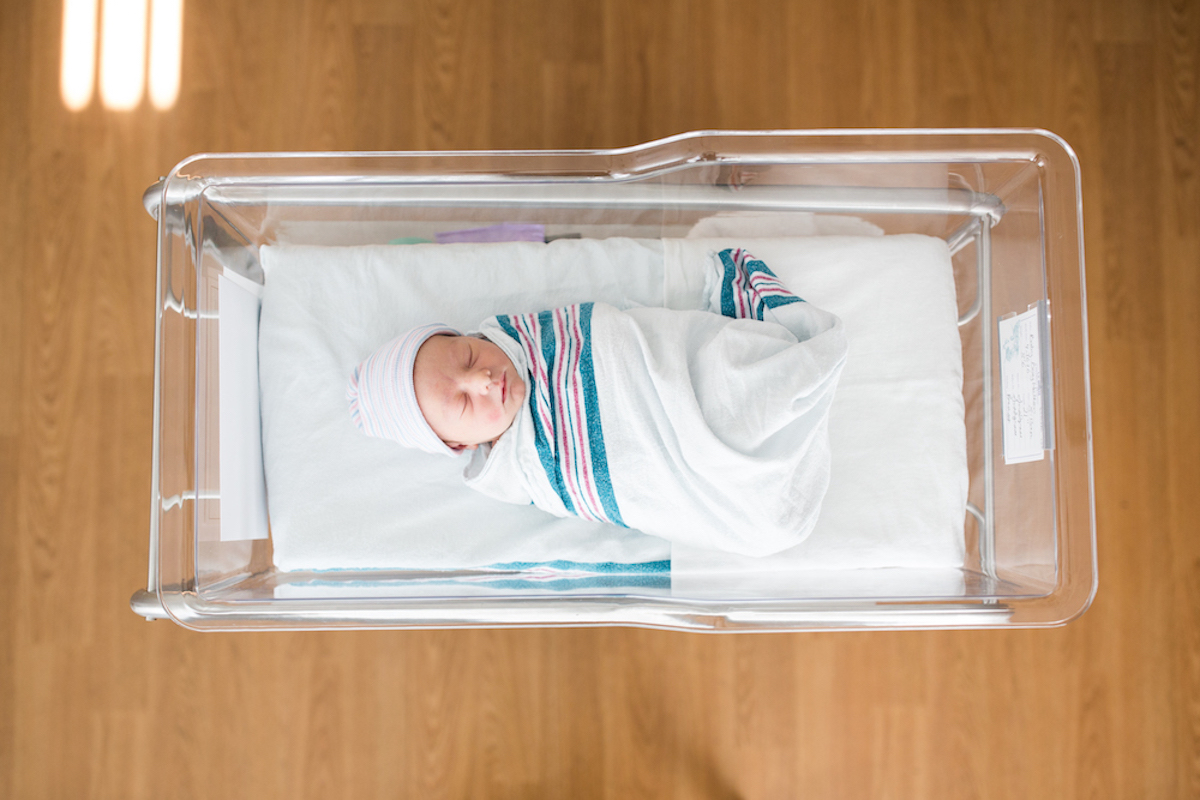Hey Emily! I’ve seen some chatter on social media about new “evidence” that swaddling infants isn’t a good idea — thoughts? Has anything actually come out to make us rethink this practice?
—Swaddle-confused
Short answer: No, there is nothing new and concerning about swaddling.
Longer answer: Chatter about swaddling comes up frequently; the American Academy of Pediatrics has gone back and forth on recommendations on it, which can get confusing. The main question raised is whether swaddling might increase the risk of SIDS. The bottom line is that when swaddling is used correctly, there is no evidence for this link.
What we do know about swaddling is that it improves sleep. I talk about this in Cribsheet, and the evidence is quite good. Researchers bring babies into a sleep lab and use a combination of video and swaddles with sensors on them to observe impacts on sleep. What they find is that infants who are swaddled are less likely to make a transition from a startling and stirring to being more awake. In this way, swaddling helps infants connect periods of sleep, and makes for longer sleep sessions overall.
Swaddling should not be used once infants can roll, and infants should not be put to sleep swaddled (or unswaddled) on their stomach. This is a short-term, back-sleeping, solution for early infancy. Swaddling and placing an infant on their stomach has been linked to a higher risk of SIDS in at least some studies.
What you may have heard is chatter and concern that because swaddling helps infants sleep better, it might raise the risk of SIDS. This concern is largely theoretical, though. There isn’t data to support it. Moreover, since swaddling often makes it easier to have infants sleep on their back (because they sleep better), there may be substantial value here. A simple bottom line is that a swaddled infant put to sleep on their back is safer than a non-swaddled infant on their stomach.
The AAP guidelines on swaddling make sense to me. They specify that it isn’t a SIDS prevention approach, and that it should not be used once infants can roll, but that it can be a helpful practice. I will give the AAP the last word: “In summary, it is recognized that swaddling is one of many child care practices that can be used to calm infants, promote sleep, and encourage the use of the supine position.”
Community Guidelines
















Log in